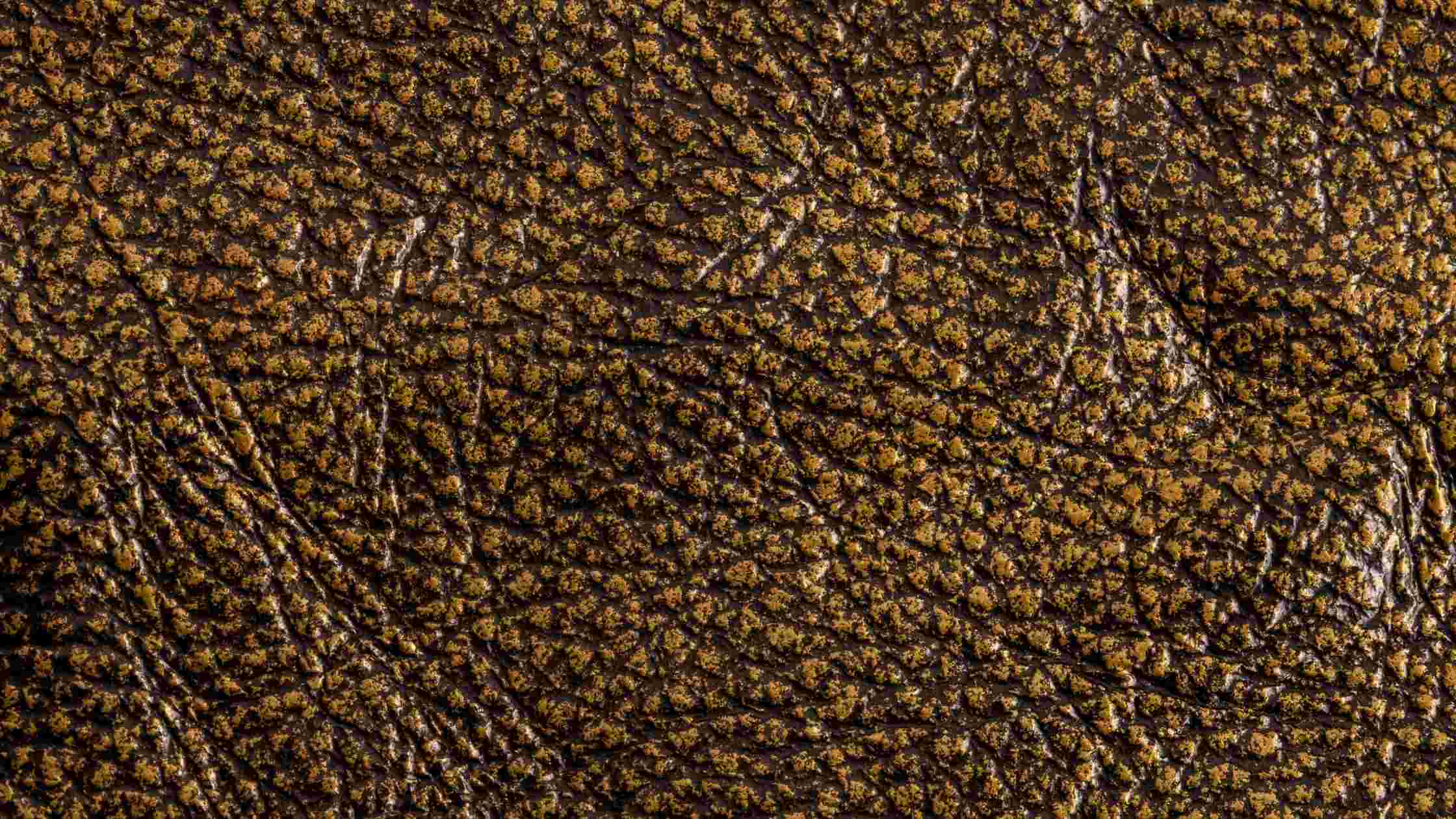Whether it’s the robust scent that wafts from freshly cut leather or the intricate designs that can be etched onto its surface, leatherworking is a true passion of mine. Today, I’m diving deep into one of my favorite types of leather: Pebbled leather. Ready to join me on this journey?
Pebbled leather is a texture given to leather by a press, creating little bumps that look like pebbles on the leather. In contrast to other simple types of leather, pebbled leather tends to be less prone to scratching and scuffing while aging gracefully.
What’s All the Hype About Pebbled Leather?
Picture a tranquil riverbank with small, smooth pebbles underfoot. Now, imagine that pattern on leather. That’s pebbled leather for you. It’s a texture achieved by embossing leather, giving it those characteristic little bumps reminiscent of pebbles. One of the reasons I absolutely love working with this material is its resistance to scratches and scuffs. Over time, instead of degrading, it takes on a distinguished, gracefully aged appearance.
Fun Fact: While many think of pebbled leather as being exclusively "natural," it can also be synthetic. That's right, this texture isn’t limited to our bovine buddies but can be crafted from man-made materials too.
Making the Magic Happen: Crafting Pebbled Leather
The process of crafting this unique leather is intriguing. First, you heat the leather to about 158°F (70°C), then emboss it using a textured roller to get those signature bumps. Once embossed, the leather undergoes dyeing and gets a protective coat of wax to resist water and wear.
Pro Tip: If you're ever working on your own leather projects, always remember that dyeing requires precision. A little mishap can change the shade entirely!
Why is Pebbled Leather So Coveted?
Here’s the thing – that tight pattern on pebbled leather? It gives it an almost velvety feel. Each time I finish a piece made of pebbled leather, I can’t help but run my hands over it, relishing its unique texture. Its durability makes it perfect for daily items, like wallets or belts, and its resistance to dirt means it’s relatively low maintenance.
Maintaining Pebbled Leather
Cleaning
Cleaning pebbled leather is like a meditation for me. I gently use circular motions to clear off the dirt, sometimes with a damp sponge or cloth soaked in a special leather cleaner. Patience is key here. Ensure you let it air-dry entirely, savoring the process and ensuring no moisture remains.
Storing
I always advise storing leather items in cool, dry places. I’ve had experiences where improper storage caused some of my precious creations to fade. And if you’re storing multiple items, give them space. They deserve it!
Moisturizing
Just like our skin, pebbled leather can dry out. A good quality moisturizer can bring it back to life. But remember, avoid petroleum-based products, they could damage the color.
Pebbled Leather: Some Quick Points
- Durability: It’s tougher than many leathers and resists dirt.
- Water resistance: Though treated with wax, it isn’t waterproof. Prolonged exposure to water can damage it.
- Texture: Despite its velvety appearance, the bumps can feel rough against the skin.
- Real vs. Faux: Genuine pebbled leather tends to feel stiffer. But visually, they can be tough to distinguish. Sometimes, the scent of real leather can give it away.
Comparing with Saffiano
Saffiano, with its cross-hatch pattern, is another favorite of mine. Both Saffiano and pebbled leather boast of quality and durability. Saffiano’s pattern makes it a tad rarer and possibly pricier than pebbled leather.
In essence, pebbled leather is like the underdog of the leather world – bumpy and unique, yet durable and elegant. Whether natural or synthetic, it’s crafted to stand the test of time.

